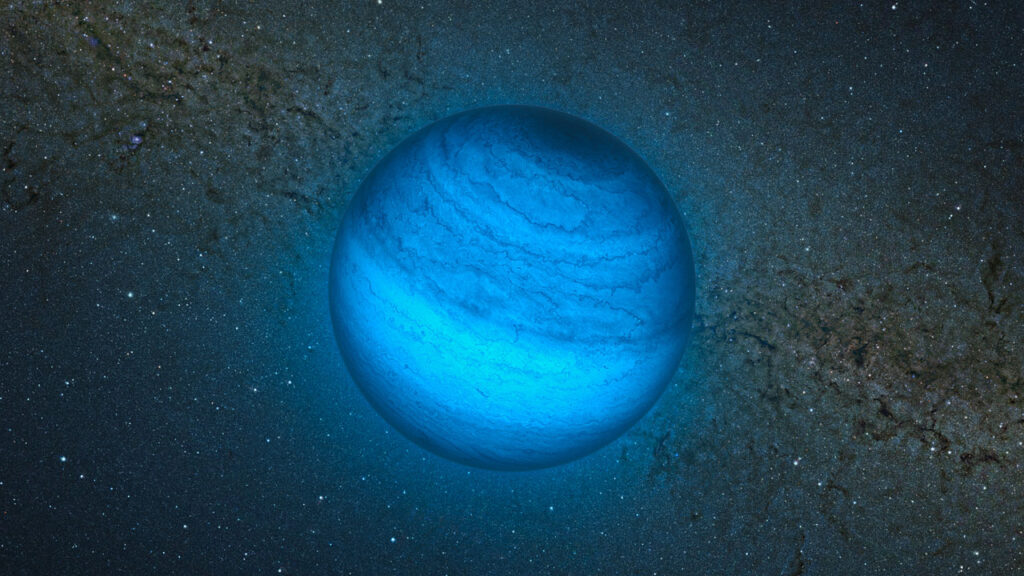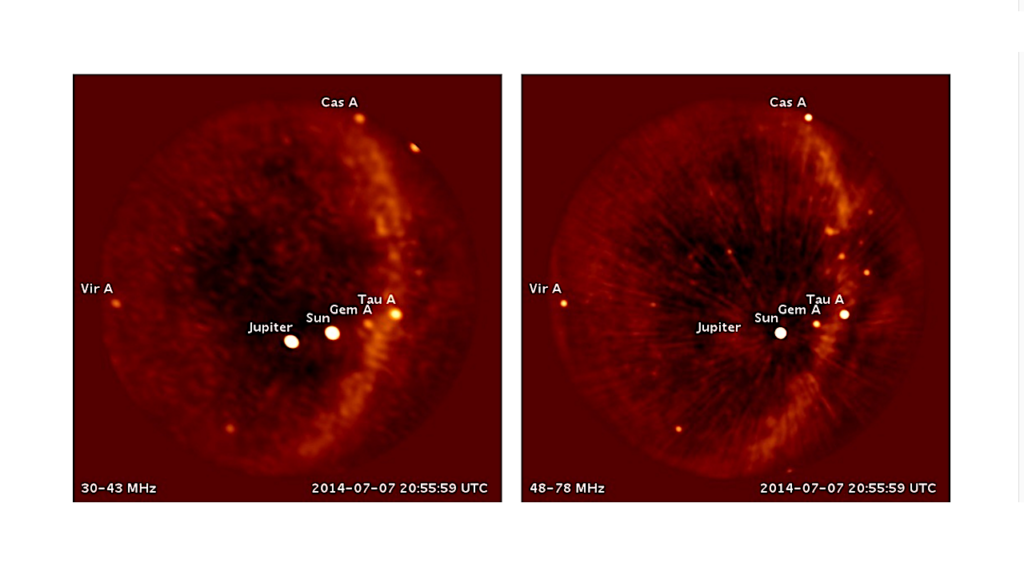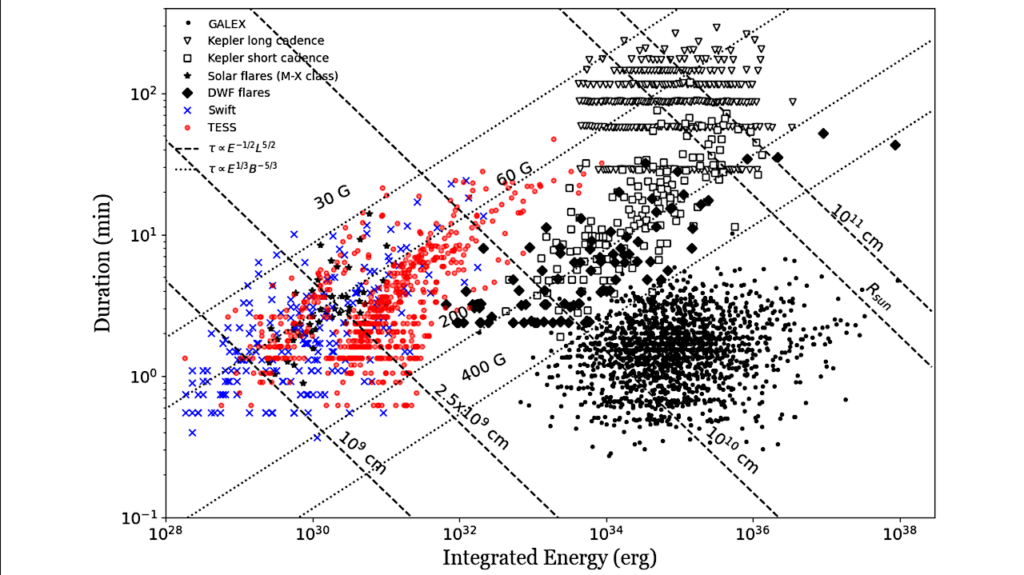Exoplanet Detection in Starshade Images

A starshade suppresses starlight by a factor of 1E11 in the image plane of a telescope, which is crucial for directly imaging Earth-like exoplanets.
The state of the art in high contrast post-processing and signal detection methods were developed specifically for images taken with an internal coronagraph system and focus on the removal of quasi-static speckles. These methods are less useful for starshade images where such speckles are not present.
This paper is dedicated to investigating signal processing methods tailored to work efficiently on starshade images. We describe a signal detection method, the generalized likelihood ratio test (GLRT), for starshade missions and look into three important problems.
First, even with the light suppression provided by the starshade, rocky exoplanets are still difficult to detect in reflected light due to their absolute faintness. GLRT can successfully flag these dim planets. Moreover, GLRT provides estimates of the planets’ positions and intensities and the theoretical false alarm rate of the detection.
Second, small starshade shape errors, such as a truncated petal tip, can cause artifacts that are hard to distinguish from real planet signals; the detection method can help distinguish planet signals from such artifacts.
The third direct imaging problem is that exozodiacal dust degrades detection performance. We develop an iterative generalized likelihood ratio test to mitigate the effect of dust on the image. In addition, we provide guidance on how to choose the number of photon counting images to combine into one co-added image before doing detection, which will help utilize the observation time efficiently. All the methods are demonstrated on realistic simulated images.
Mengya (Mia)Hu, Anthony Harness, He Sun, N. Jeremy Kasdin
Comments: 43 pages, 13 Figures, Accepted by JATIS on Feb 2021
Subjects: Instrumentation and Methods for Astrophysics (astro-ph.IM); Image and Video Processing (eess.IV)
Cite as: arXiv:2103.09385 [astro-ph.IM] (or arXiv:2103.09385v1 [astro-ph.IM] for this version)
Submission history
From: Mengya Hu [view email]
[v1] Wed, 17 Mar 2021 01:17:08 UTC (3,718 KB)
https://arxiv.org/abs/2103.09385
Astrobiology,








